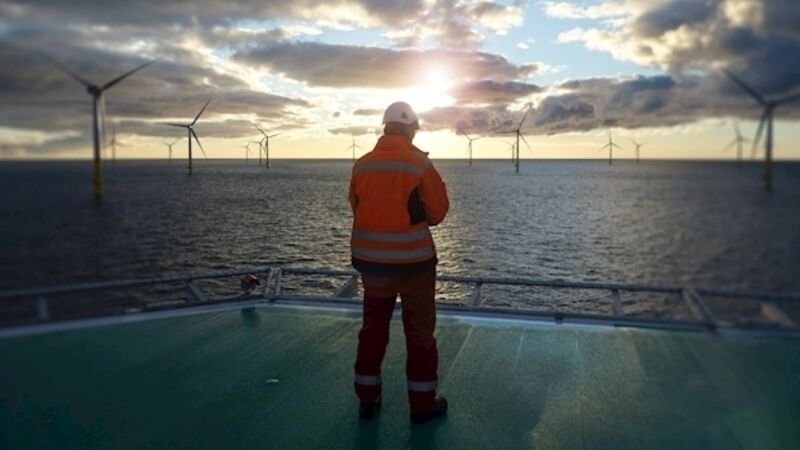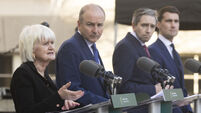David Connolly: Wind is in the sails of energy industry

Ambitious goals will attract billions in investment, create thousands of jobs, and regenerate coastal communities, writes .
Ireland was a surprise hit at a recent European conference on offshore wind energy in Copenhagen despite not having built an offshore windfarm for more than 14 years. More than 9,000 delegates from across Europe’s renewable energy sector joined hundreds of national and EU policymakers to map out the role offshore wind energy can play in tackling climate change.
















